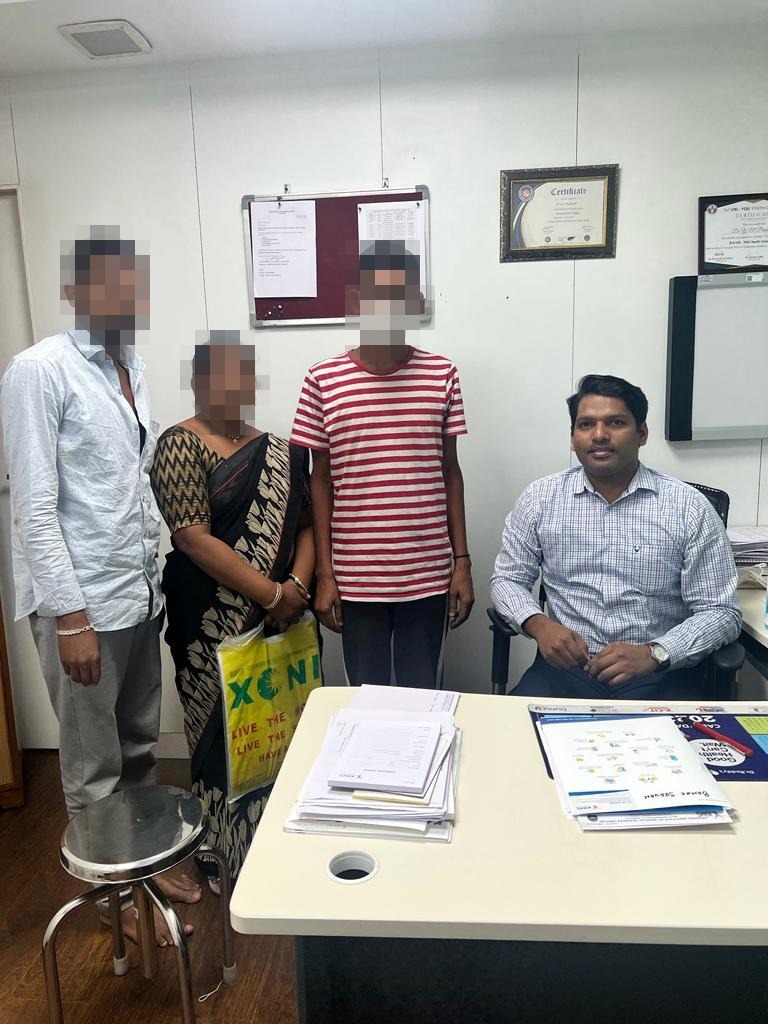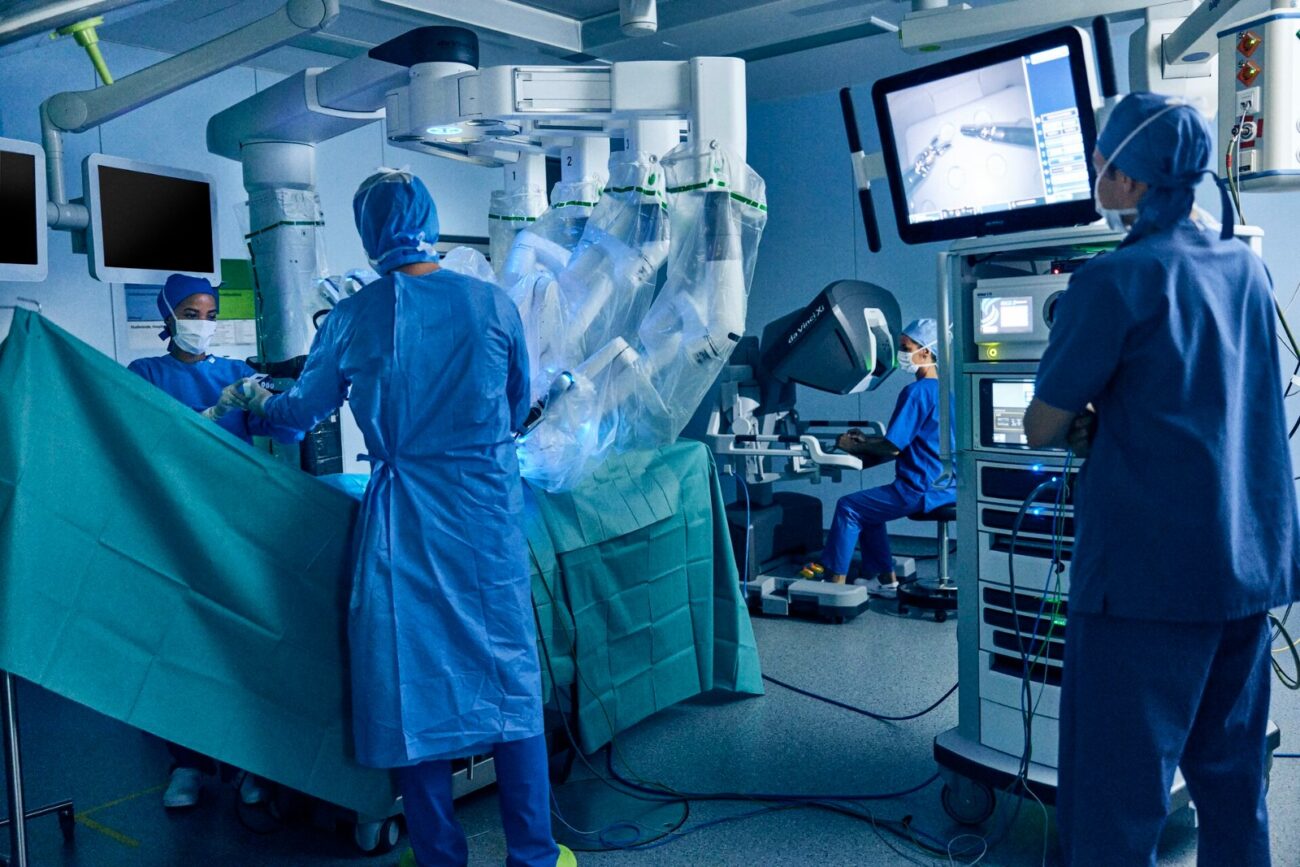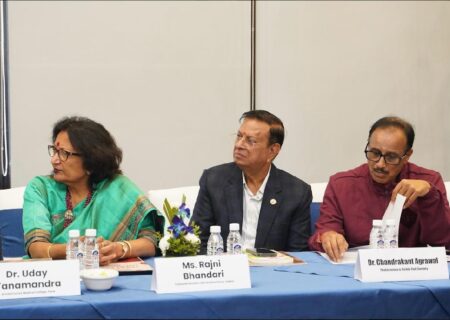Male and female reproductive organs in the same person
A very rare entity, only 300 cases reported worldwide * Patient comes with an infertility issue * Laparoscopic surgery in KIMS hospital relieves Any male or female person will have different reproductive organs. Though both will be present

A very rare entity, only 300 cases reported worldwide
* Patient comes with an infertility issue
* Laparoscopic surgery in KIMS hospital relieves
Any male or female person will have different reproductive organs. Though both will be present at the fetus stage, later with the effect of certain hormones, only one will be left. So, by birth itself it’ll be decided whether it is a male or female baby. But, in very rare cases, due to the mutation of genes, hormones are not released sufficiently, and the person will have both male and female reproductive organs. It is called Persistent Müllerian duct syndrome in medical terminology. Only 300 such cases are reported worldwide so far. In India, there are only 20 cases till now. Such a rare case came to KIMS hospital in Secunderabad. Consultant Urologist, Uro-Oncho, Andrologist, Relan transplant, and Robotic surgeon Dr. YM Prashant explained the case and treatment given to the patient.
A 40-year-old person from Manchiryal was suffering from infertility and lower abdominal pain. The local doctors tested on him, and referred the complex case to KIMS hospitals. When he came here, we came to know his problem on Ultra Sound Scanning, and MRI tests. He has undescended testis. He appeared physically normal but harbored female internal reproductive organs like the uterus, fallopian tubes, and part of the vagina too. It is called Persistent Müllerian Duct Syndrome. It occurs due to the deficiency of antimullerian hormone (AMH) activity. Mutation in the AMH gene or end-organ receptor gene causes this. AMH regresses the Mullerian structures (responsible for female internal reproductive organs) during fetal development in normal males. Its deficient activity leads to persistent Müllerian duct derivatives (internal female reproductive structures along with male). Such people look quite normal. They will have a beard and mustache. Penis will also look normal. But, as the testis don’t descend, sperm is not produced. Thus infertility issue arises.
On evaluation, the patient was found to have a cystic structure posterior to the bladder, and prostate attached to the prostate. Testosterone, LH, FSH, and Prolactin hormones are quite normal in the tests. But, his testis is absent in the scrotum, and they are located intra-abdominally. So, Persistent Müllerian duct syndrome is detected and we have decided to take up laparoscopic hysetrosalpingectomy surgery. In the process, we have dilated the uterus, a part of the vagina, fallopian tubes, and testes embedded in a broad ligament. We have also dilated the cyst attached to the prostate. The patient is uneventful in the post-operative period, so discharged him on the third day. He was started on quarterly Testosterone replacement. If he could come for the same procedure before the age of 18, he could have the chance of fertility. But now, he doesn’t have such a chance. Due to illiteracy, poverty, and social taboo, such people don’t visit proper medical facilities” explained Dr. YM Prasanth.






